Review: LG Stylo 2 for Boost Mobile
May 26, 2016, 3:00 PM by Eric M. Zeman
updated May 26, 2016, 3:37 PM
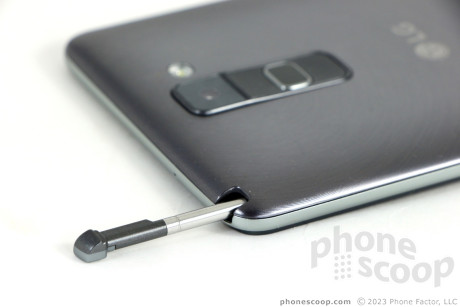
LG's second take on its stylus-equipped smartphone is easier to use and performs better than its predecessor. The Stylo 2 is also well made, inexpensive, yet laden with Android and LG goodies. Here is Phone Scoop's in-depth review of the LG Stylo 2 for Boost Mobile.
Hardware
Is It Your Type?
The Stylo 2 is a refreshed version of last year's low-cost, stylus-equipped smartphone from LG. Several core features, such as the camera and memory, have been updated to modern standards, and the hardware sees a pleasing upgrade as well. If you're in the market for a phablet, but need to stick to a budget, the Stylo 2 delivers a lot of bang for the buck.
Body
The LG Stylo 2 represents an evolutionary step for LG's inexpensive line of handsets. LG improved the internals of the device, altered the design a bit, and fine-tuned the software some, but the overall idea remains intact: the Stylo 2 is a big-screen smartphone that supports a stylus for alternate input.
LG is stepping away from the "curved" design language it has used for several years. The Stylo 2 is more of a plain slab with rounded corners and edges. The front is black, the sides are chrome-y, and the rear panel is gray. The appearance is rather conservative, but still relies on some well-known LG trappings, such as rear-mounted volume and power controls. It may be a bit boring, but the S2 still manages to offer a touch of class.
Perhaps the most significant improvement over the original Stylo is the size and weight, which have both be reduced in the S2. For example, the S2 is a full 2 mm thinner and 0.75 ounces lighter than the previous model. The slim profile is much easier to deal with and the weight makes the phone a cinch to use for extended lengths of time. I'm not saying the S2 is a small phone, but isn't the biggest phone, either. It's impressive that LG was able to cram a 5.7-inch display into the phone's tight frame.
People who have small hands or who prefer compact handsets may not enjoy using the S2. It's big enough to require two hands at times, and there's no way your thumb can reach the entire screen without repositioning the phone in your hand. It's thin enough to slip into pockets without too much trouble.
The S2 is mostly composed of plastics. The display is glass, of course, but the frame and rear panel are polycarbonates. The materials aren't the best I've touched, yet the S2 does not feel cheap. LG did a good job assembling the phone: the seams are all tight and all the parts fit together well.
I like the way LG treated the S2's front surface. The glass panel sits on top of the frame, rather than within it. That means the glass protrudes a bit when the S2 is viewed from the side edges. The glass is wrapped in an extremely thin piece of plastic that forms a slight rim. This rim may protect the screen from scratches when the phone is placed front down on flat surfaces. LG minimized the bezels around the display's edges, and I appreciate that. At a glance, the front is plain black glass save for the chrome-colored earpiece speaker above the screen and the reflective LG logo below the screen.
Since the volume and screen lock buttons are perched on the rear surface of the S2, the two side edges are smooth and clean. This makes the phone more comfortable to grip in your hand. The rear-placed buttons make LG's handsets stand out from competing models, but take a bit of time to get used to. The button array includes the camera module. Due to its proximity to the buttons, the camera glass is easy to smudge with fingerprints. The buttons are easy to find and tell apart by feel, and they offer good travel and feedback.
The rear panel itself has a neat texture. The plastic includes a radial, brushed metal appearance that makes a zipper-like sound when rubbed with your fingernail. More importantly, the rear panel is removable. LG carved a small notch in the lower corner of the panel to help pull it off. The panel is rather thin, but stops short of being flimsy. The S2's battery can be swapped at whim, as can micro SD memory cards. You'll have to pull the battery to access the SIM card.
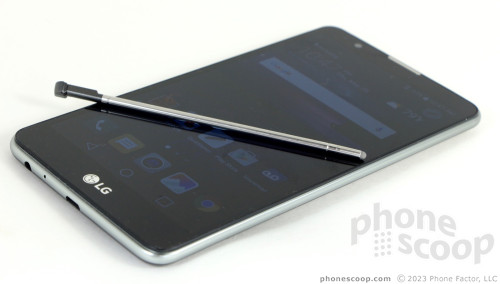
LG stuck the micro USB port and stereo headphone jack on the S2's bottom edge. The stylus is buried in the top of the phone. I found the stylus easy to remove and replace. The phone vibrates when the stylus is yanked out and when put back, and the screen automatically wakes up. The stylus itself is thin, made of metal, and has a rubber tip at one end. The top is designed so there's no way the stylus can be inserted incorrectly. The stylus is a good size, and I found it worked as intended.
In sum, the LG Stylo 2 is a well-made handset that offers a big screen with stylus in a manageable size.
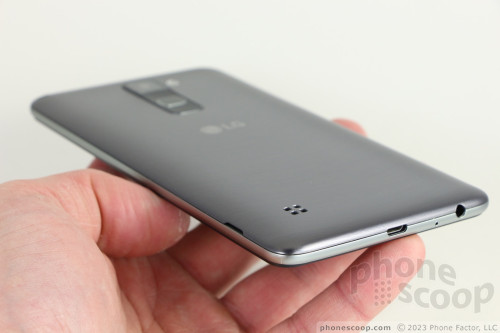
Screen
The Stylo 2's screen is identical to its predecessor's. The panel measures 5.7 inches across the diagonal and it includes 1280 by 720 pixels (720p HD). A screen this big would be better served by a full HD display, but the Stylo 2 manages to get by. At a comfortable viewing distance (perhaps two feet or so) the screen looks really nice. Bring it close to your eyes (less than 9 inches) and you'll start to see some fuzzy edges here and there. The LCD panel puts out plenty of light. I was able to use the phone indoors and out with no problem. You'll have to crank the brightness all the way up when outside. Viewing angles are acceptable; there's a bit of brightness drop off when the phone is tilted side to side, but there's no color shift.
Signal
Boost Mobile operates on Sprint's network and the Stylo 2 managed to find and connect to Sprint's 4G network without too much trouble. The device ran on 4G most of the time, but occasionally dropped down to 3G in some areas with weak coverage. The Stylo 2 spent more time on 3G than other phones I've tested on Sprint's network in recent months. Using 3G didn't impact voice quality, but it pretty much killed data performance dead. The phone connected most calls on the first dial, though it did drop a call when cruising at highway speeds. Data performance over LTE was fine, and network-dependent apps like Facebook and Instagram were able to load video content consistently and quickly. Surfing via 3G has become nearly pointless.
Sound
Voice performance was inconsistent, though I suppose one could argue that people don't buy phablets for their phone call powers. The earpiece delivers plenty of volume for most environments, but quality is choppy. The Stylo 2 was easy to hear (volume-wise) at home, in the car, walking around the mall, and when in a noisy coffee shop. But when voices weren't cutting out entirely, they were often distorted in the earpiece. This made holding conversations a bit frustrating.
Switching to the speakerphone only makes it worse. The speakerphone produces an acceptable level of volume, but the distortion and drop-outs were utterly annoying.
People I spoke to through the Stylo 2 said I sounded good. RIngers and alerts are sufficiently loud, and the vibrate alert is strong.
Battery
If there's one place the Stylo 2 outperforms other phones, it's battery life. The 3,000 mAh battery was consistently good for a full day of battery life under heavy usage. (The screen's low resolution contributes some power savings.) On the occasions when I used the phone less heavily, it pushed into a second day of battery life.
LG included simple battery-saving tools that help manage battery life. Switching on low-power mode ramps down background processes, screen brightness, notifications, and so on. It can be set to kick in automatically when the phone reaches 15% or 5% battery life.
The Stylo 2 doesn't have wireless charging, nor does it have rapid charging.
Bluetooth, GPS, NFC, WiFi
I didn't run into any issues using the Stylo 2's secondary set of radios. For example, the Bluetooth radio easily paired and connected with other devices, including my PC, car, headsets, and speakers. Phone calls sent both to a Bluetooth headset and my car's hands-free system sounded just as bad as through the phone's speaker, unfortunately. Music, on the other hand, sounded excellent when pushed to my favorite Bluetooth speaker.
The phone's GPS radio functioned well. It located me quickly and precisely. The Stylo 2 was a capable companion when it came to navigating between points.
LG skipped NFC, so the Stylo can't make use of Android Pay or tap-to-pair with Bluetooth accessories.
WiFi worked just fine.
Software
Lock Screen
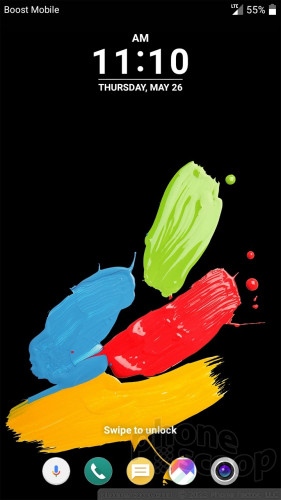
Like most LG phones, the Stylo 2 includes KnockOn and Knock Code for interacting with the lock screen. KnockOn will wake the display when the Stylo 2 is double-tapped. You see the clock/notification combo at the top of the screen, in addition to shortcuts to voice search, the phone, messaging, photo gallery, and the camera. KnockOn is most helpful when the phone is sitting on a table or desk. KnockCode is a security tool you can select to wake and unlock the phone in one step, through a custom pattern of taps.
I like that the lock screen clock is big and bold. This makes it easier to see, especially when outdoors. Users can fine-tune notifications for each individual app on the phone, which means plenty of control over what pops up in the screen.
Home Screen
The Stylo 2 runs Android 6.0 Marshmallow with the same refreshed user interface skin that's on the G5. The most notable aspect of LG's new skin is that it has done away with the app drawer. Unlike on the G5, LG is not providing an alternate version of the home screen for the Stylo 2. In other words, if you absolutely must have an app drawer you'll need to resort to a third-party launcher.
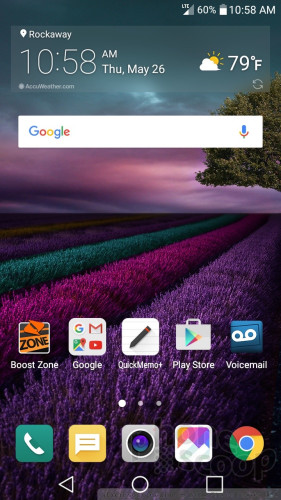
There are three home screen panels active when you first boot the Stylo 2 and they are crammed with apps, widgets, and shortcuts. The main screen holds a couple of widgets, several apps/folders, and the app dock at the bottom. The second and third screens are populated with widgets and folders containing other apps. The app drawer is gone, so all installed apps live somewhere on a home screen. Owners can configure the home screens however they might wish.
Even though there's no app drawer, the home screen panels can be managed as if they were an app drawer. I like that apps can be arranged in various grid configurations (4x4, 4x5, 5x5) on the home screen. This lets you make more effective use of the screen's real estate. If you wish, you may hide apps you know you won't use often, and easily bring them back when needed. You can automatically re-sort apps to appear alphabetically on the home screens. The phone lets you manage options such as button arrangements, screen transitions, fonts, font sizes, and more. The Stylo 2 allows you to switch up wallpapers and other personalization effects with ease.
LG included EasyHome with the Stylo 2, which simplifies the user interface for inexperienced users. I think the majority of people who buy the Stylo 2 can skip EasyHome.
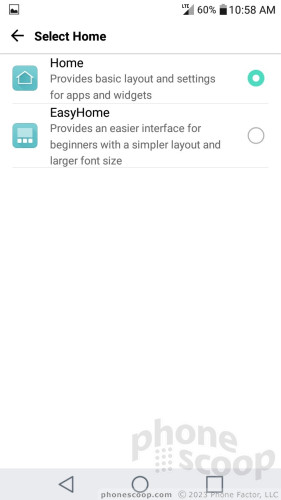
The Stylo 2 supports split-screen multitasking, as well as miniaturized apps optimized for one-handed use.
The Quick Settings panel includes five toggles across the top, as well as a slide to control screen brightness. You can customize which toggles appear in the Quick Settings screen and swipe the toggles to see more. The panel also allows you to access, act on, and dismiss notifications. The main settings tools are broken down into several tabs by default, but you can adjust it so they appear on a single screen. I found it easy to use.
The Stylo 2 uses the same Snapdragon 410 processor that appeared in last year's Stylo. That's rather disappointing. There is some good news: the RAM has been doubled from 1 GB to 2 GB, and the storage has been doubled from 8 GB to 16 GB. The Snapdragon 410 pulls its weight. The Stylo 2 never felt sluggish or slow, screen transitions were smooth, and apps opened quickly.
Stylus
Why is the Stylo named such? Why, the stylus of course! Pulling out the stylus automatically turns on the screen. Once unlocked, a stylus menu pops up in the upper right corner with several options. The first four options are set by LG, you can choose the fifth.
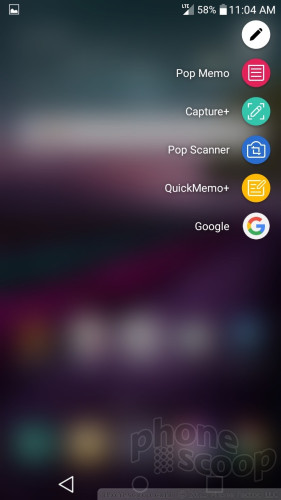
Each of the stylus-oriented apps does something similar. The first, Pop Memo, is a simple app for scribbling memos. You can adjust the pen color, but that's about it. The second option, Capture+, takes a screenshot and immediately opens the Quick Memo editing tool. The Pop Scanner option opens the camera and allows you to take pictures that are then automatically inserted into QuickMemos. Last, the QuickMemo+ app itself is listed. Choosing it opens a blank memo without taking a screenshot.
Other than this set of tools, the stylus doesn't have any other special apps. It works just like your finger and interacts with everything on the phone as if it were the tip of your index finger. The only benefit to using the stylus over your finger is the stylus can be more precise. I particularly like using the stylus for "swiping" text on the keyboard.
Camera
There's a shortcut for launching the camera: double press the down volume toggle. Thankfully the app springs to life quickly no matter how you launch it.
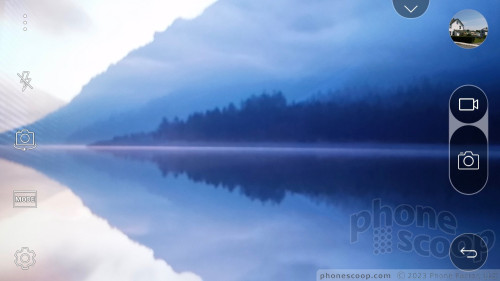
The Stylo 2's camera app includes more features than the bare-bones LG Spree, but fewer than the LG G5. The functionality of the app is the same across all three phones. Basic shooting modes on the Stylo 2 include auto, panorama, and HDR. A strip of controls allows you to toggle the flash on/off, switch to selfie mode, and access the full settings tools.
The settings tools let you adjust the image aspect ratio and size, turn on a timer, use LG's voice-activated shutter tool, and turn on/off grid lines. I like that the phone has separate buttons for shooting pictures and capturing video. Like most phones, the camera offers access to the photo gallery and includes touch-to-focus.
The Stylo 2's camera gets the job done. It's not the most feature-rich camera app out there, but it covers the basics and does so with grace. The app is light on its feet and won't get in the way of the picture-taking experience.
Photos/Video
LG improved the Stylo's camera from 8 megapixels in the 2015 model to 13 megapixels in the 2016 version. The improvement is real. I was generally pleased with the images I captured with the Stylo 2. Importantly, images are nice and sharp. (Just be sure the lens is clean before you shoot.) The Stylo 2 was able to focus on subjects near and far, and captured rich detail. Colors were accurate in the results I obtained, as was exposure. In short, it suffices as an everyday shooter.
I'd rely on the Stylo 2 for taking pictures of stuff I see as I move throughout my day, but might choose dedicated equipment for vacations or other important events.
The video camera also produces solid results. Video I captured exhibited good focus, color, and exposure. You can capture in either 720p HD or 1080p HD. For the record, the 1080p footage looks cleaner.
The Stylo 2 definitely works as an everyday video device.
Boost Mobile / LG Stuff
There are 60 apps preinstalled on the Stylo 2. That's a heck of a lot. Since the Stylo 2 doesn't have an app drawer, all 60 of those apps are visible in some way, shape, or form. You can hide most apps using the settings tools, but you cannot delete apps. Some of the offending junk includes Boost 411, Fun & Games, Music, Zone, and Dealz. Then there are third-party apps from 1Weather, airG, Amazon, Amazon Music, Amazon Video, CallWatch, Gadget Guardian, NextRadio, Uber, and others. Your best bet to clean up the Stylo 2 is to hide as many apps as you can and put the rest in folders.
Some of LG's most well-known apps are aboard, too, such as Quick Memo, LG SmartWorld, and LG BackUp. Several apps, including phone/contacts, browser, calculator, messaging, and email, can all be shrunk into QSlide form. QSlide apps are miniaturized so you can use several at once.
Wrap-Up
The LG Stylo 2 is a good value for most anyone, but especially for those who want a big phone at a budget price. Boost Mobile sells the Stylo 2 for $180 (on sale for $150 right now) and that's a good deal as far as I am concerned.
The Stylo 2 corrects some of the issues plaguing its predecessor. The phone is slim, light, attractive, and well made. It carries over the processor, but improves the memory, storage, and camera in big ways. The display isn't the best I've seen, but it suffices. Battery life is absolutely killer, but the phone suffers a bit from network and calling issues.
It's nice to see Android 6 Marshmallow ship on a low-cost device. (Most phones sold with Marshmallow right now are high-end handsets.) LG's user interface may be annoying to those who prefer app drawers, but it is a flexible skin that provides plenty of opportunity for personalization. The camera app has just the right set of tools and takes pictures that should be good enough for most people.
If you're in the market for a phablet on a prepaid plan, the LG Stylo 2 is worth a look.
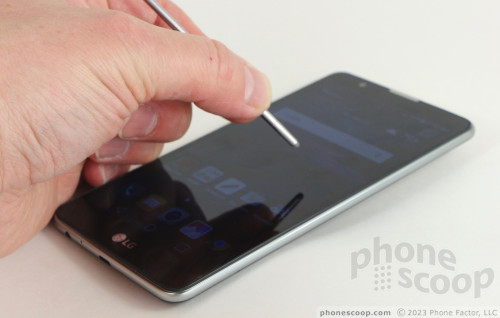
Comments
No messages


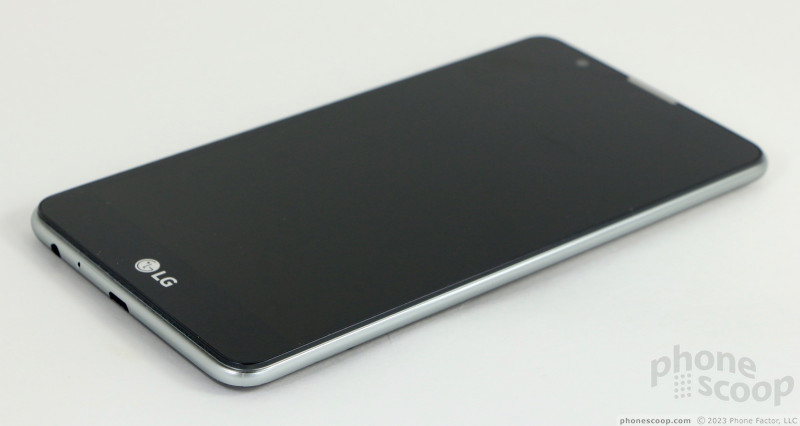





















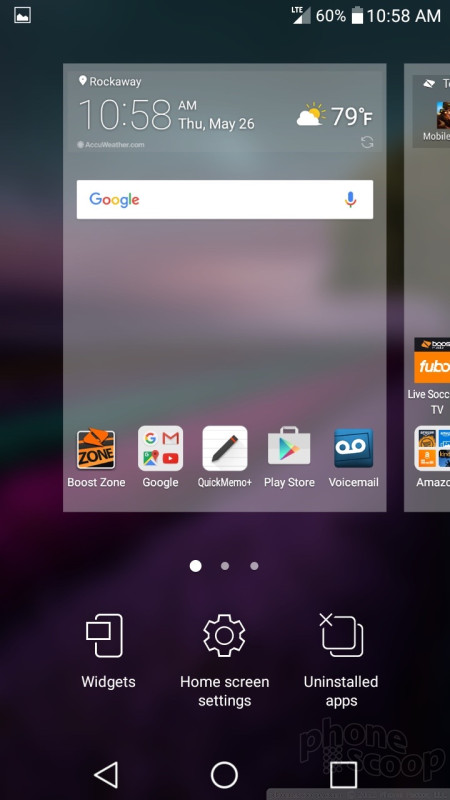






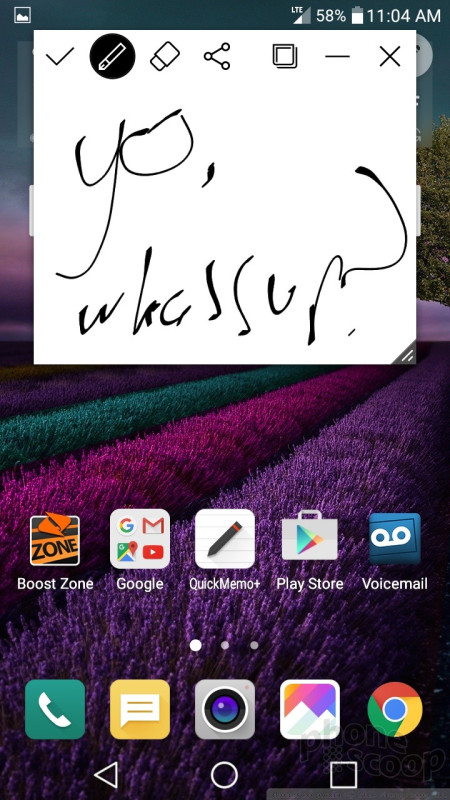






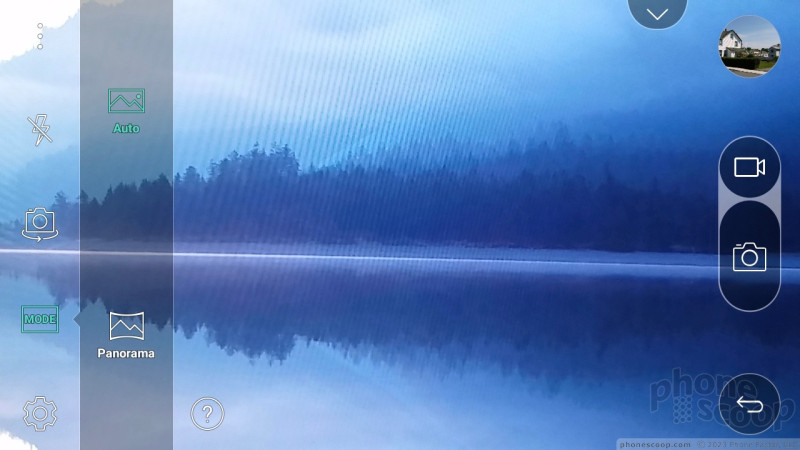





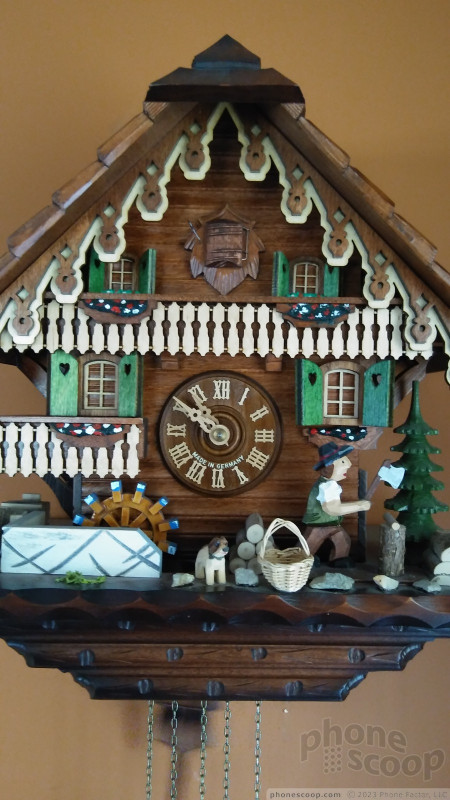













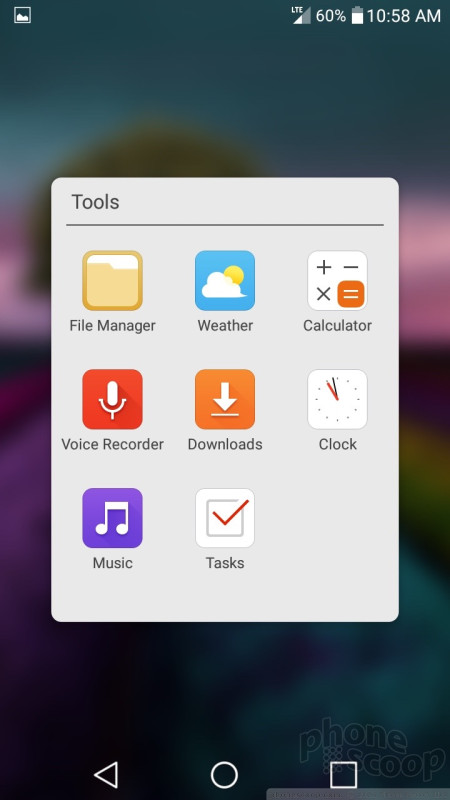





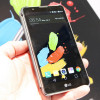 Hands On with the LG Stylus 2, X cam and X screen
Hands On with the LG Stylus 2, X cam and X screen
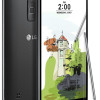 LG Supercharges the Stylus 2 Plus
LG Supercharges the Stylus 2 Plus
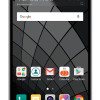 Cricket to Sell LG Stylo 2 Starting May 13
Cricket to Sell LG Stylo 2 Starting May 13
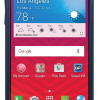 Boost and Virgin Mobile Score Kyocera Hydro Reach
Boost and Virgin Mobile Score Kyocera Hydro Reach
 iPhone 15 Series Goes All-In on USB-C and Dynamic Island
iPhone 15 Series Goes All-In on USB-C and Dynamic Island
 LG Stylo 2
LG Stylo 2










